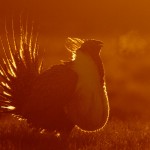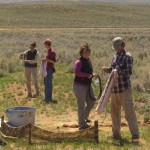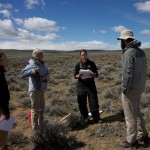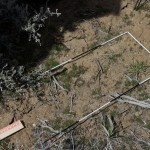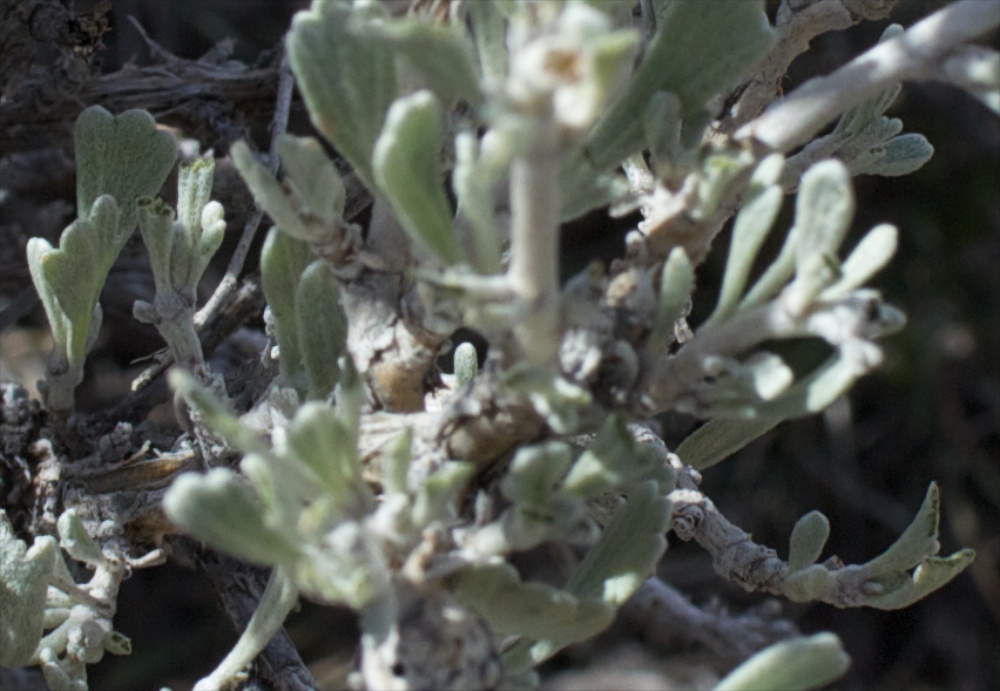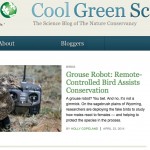 We’re back in California! I’ll have more on the end of the field season in another post. In the mean time, a quick mention that our research was mentioned in a recent Wall Street Journal article on ecotourism and sage-grouse. I’m not sure if this will be behind a paywall for some folks or not. I thought it was a pretty nice article. A couple of comments:
We’re back in California! I’ll have more on the end of the field season in another post. In the mean time, a quick mention that our research was mentioned in a recent Wall Street Journal article on ecotourism and sage-grouse. I’m not sure if this will be behind a paywall for some folks or not. I thought it was a pretty nice article. A couple of comments:
1) Much better than the last article in WSJ that really felt like a hit piece trivializing our research. Gail spent many hours over several months talking with a reporter, and the end product was extremely disappointing. We were hesitant to engage with them again, but I’m glad I did, since this article had a much different tone than the first.
2) The article makes it sound like we were the first to study strut rate in sage-grouse, which is definitely not true (and something I directly pointed out to the Jim). Strut rate is the most consistent correlate of mating success across studies and populations of sage-grouse, from Haven Wiley’s work in the Farson, WY population, to Mark Boyce’s eastern Wyoming studies, to the long term study of sage-grouse in the Mono Basin of California by Jack Bradbury and Robert Gibson. I would argue that our main contribution into this relationship is that we’ve gotten a bit more insight into the direction of causality. There’s always been the question– are the top males attracting females because they strut at a higher rate, or is the presence and proximity of interested females around the top males causing them to increase their display effort? With the fembot we could test all males on an even playing field by showing them a stimulus at a roughly equal range of distances and with similar female proceptivity, and measure their strut rate in a more controlled environment. Since maximum strut rate to the robot was correlated with mating success with real females, it suggests that females may be responding to the higher display rates. Top males are also adjusting more strongly to female cues (in the early experiment, we just measured the distance between the male and the robot), so the male response is also important. The good males do both.

